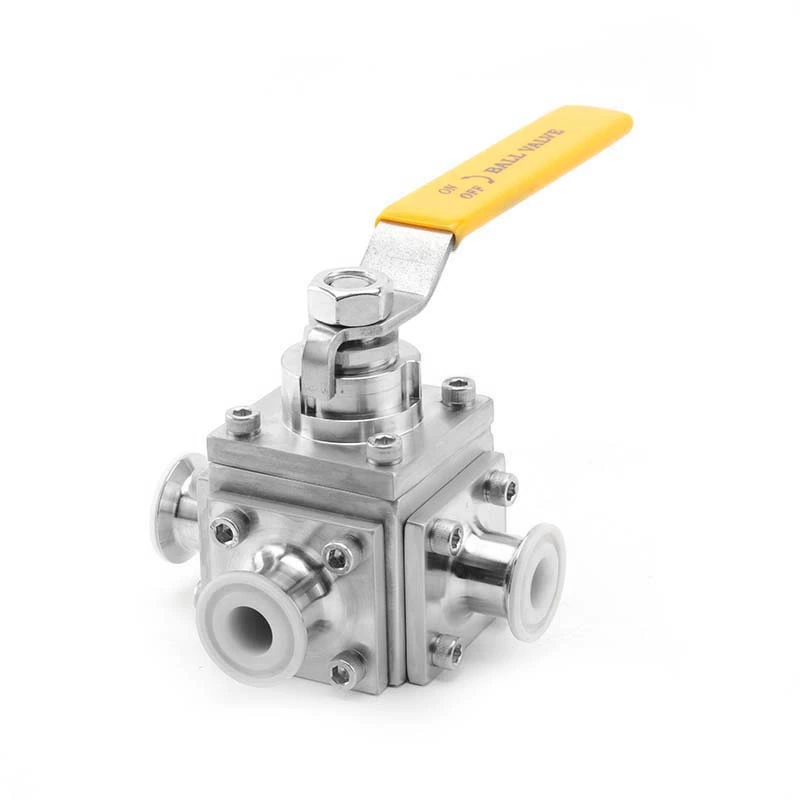Under What Circumstances Is The Sanitary Ball Valve Susceptible To Erosion?
Under what circumstances is Sanitary Ball Valve susceptible to corrosion?
Sanitary ball valves have the ability to resist atmospheric oxidation (rust resistance) and also have the ability to resist corrosion in media containing acids, alkalis, and salts (corrosion resistance). The corrosion resistance of sanitary ball valves varies with the chemical composition of the stainless steel material itself, the conditions of use, and the type of environmental media. For example, 304 stainless steel butterfly valves have absolutely excellent rust and corrosion resistance in dry and clean atmospheres, but they will soon rust in sea fog containing a lot of salt in coastal areas. 316 sanitary ball valves perform well.
Sanitary ball valves rely on a very thin, strong, fine, stable chromium-rich oxide film (protective film) formed on the surface of stainless steel materials to prevent the continued infiltration and oxidation of oxygen atoms, thereby obtaining the ability to resist rust. Once this film is continuously damaged for some reason, oxygen atoms in the air or liquid will continue to infiltrate or iron atoms in the metal will continue to separate out to form loose iron oxide, and the stainless steel butterfly valve will continue to rust.
The chromium content of general stainless steel is generally not less than 12%, and the highest can even reach 18%. After adding chromium and other elements to stainless steel, the properties of the steel can be changed, and a dense oxide protective film can be formed more easily on the surface of the steel, thereby greatly improving the corrosion resistance of the sanitary ball valve.
